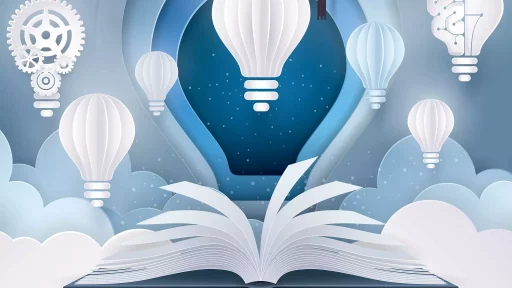What is Inflation?
Inflation is the rate at which the general level of prices for goods and services rises, resulting in a decrease in the purchasing power of a nation’s currency. It represents a decrease in the value of money, as prices increase over time.
Types of Inflation
- Demand-pull inflation
- Cost-push inflation
- Built-in inflation
Causes of Inflation
Inflation can be caused by a variety of factors, including:
- Increase in money supply
- Rising global oil prices
- Exchange rate fluctuations
- Increase in production costs
Examples of Inflation
For example, in Zimbabwe, hyperinflation reached an astonishing rate of 89.7 sextillion percent in November 2008, making their currency virtually worthless. The Venezuelan economy has also been plagued by hyperinflation, with prices doubling every 19 days as of 2018.
Impact of Inflation
Inflation can have a significant impact on individuals, businesses, and the economy as a whole. It can erode purchasing power, reduce the value of savings, and lead to uncertainty in financial markets.
Case Studies
During the 1970s, the United States experienced high inflation rates due to oil price shocks and loose monetary policy. The Federal Reserve eventually raised interest rates to combat inflation, leading to a recession in the early 1980s.
Conclusion
Inflation is a complex economic concept that affects societies worldwide. Understanding its causes, types, and impacts is crucial for policymakers and individuals to make informed decisions in an inflationary environment.





